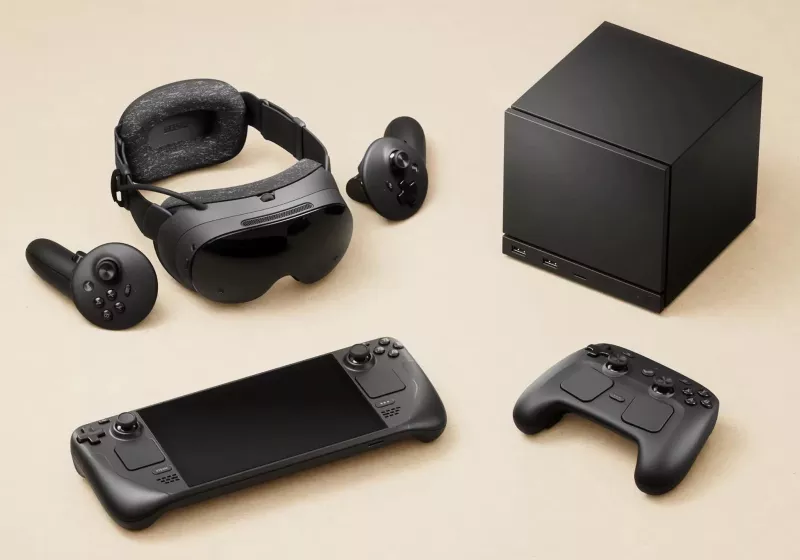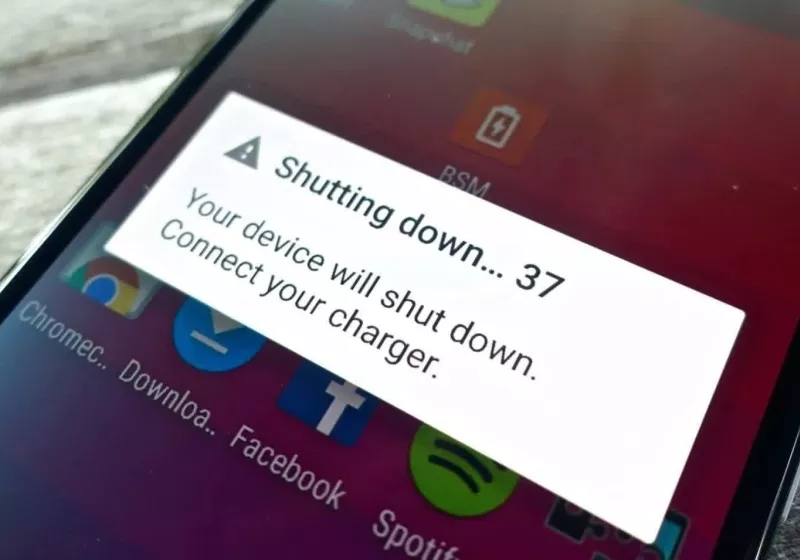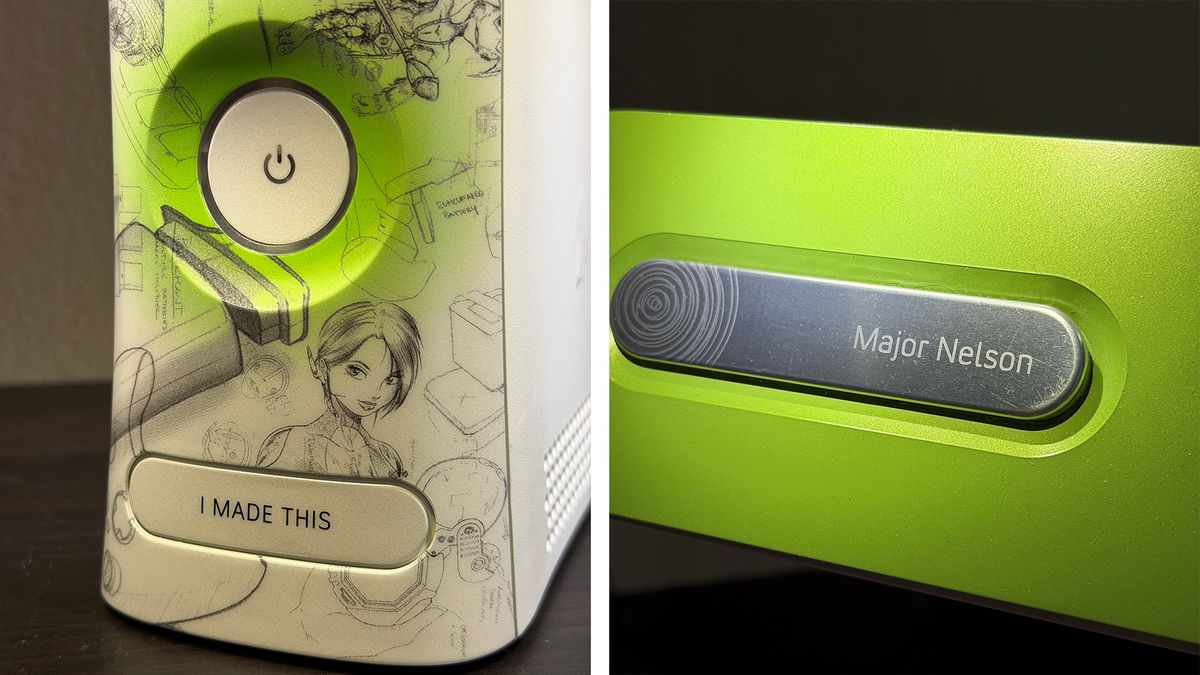
Pros
- Excellent image quality
- Easy to use
- Replaceable lenses
Cons
- Expensive
- X4 is cheaper and almost as good
- Insta360 X5 360 Camera Review: Capture the World in One Shot
- Specs and hardware
- Insta360 X5 specs
- Usability and photo quality
- A 360 world
- The bottom line
Insta360's X5 is easily the best 360 camera ever (for consumers, at least). It's even easier to use than previous models, has big (for an action cam) image sensors for better dynamic range and low-light performance, and best of all, it has user-replaceable lenses.
It's also quite expensive. Its photo and video resolutions aren't any higher than its predecessor, the X4. So, in many situations, the image quality will be similar. So while it's not a huge leap for a new model, there are a number of worthwhile improvements that make it a better option if you can afford it. I gave the X5 a quick look when it first launched, but after spending more time with the camera, here's what I think as someone who has tested nearly every consumer 360 camera ever and uses them regularly.
Specs and hardware
If you've used or seen any of Insta360's recent 360 cameras, the X5 shares more than a passing familial resemblance. It continues their "candy bar" design, with a 2.7-inch touchscreen and four physical buttons. Generally speaking, in my experience at least, this shape and size make the X5 and its predecessors easy to use and carry when not in use. The large touchscreen makes navigating menus and settings a breeze while letting you get a sense of what you just shot without having to connect to your phone.
Insta360 X5 specs
| 72 megapixels (11,904x5,952) |
| 8K30 (spherical) |
| 1/1.28-inch (x2) |
| 6mm (35mm equivalent) f/2 (x2) |
| Digital |
| 2.7-inch LCD touchscreen |
| MicroSD/SDXC |
| 200g |
The X5's headline feature is the larger image sensors compared to the X4 -- well, compared to the X4 and most other 360 and action cameras. The dual 1/1.28-inch sensors, 44% larger than the X4's 1/2-inch sensors, are also larger than the 1/1.7-inch ones found in the KanDao QooCam 3 Ultra and the 1/1.9-inch ones in the GoPro Hero 13 Black. While sensor size isn't a guarantee of better image quality, larger sensors theoretically mean greater dynamic range and better performance in low-light situations.
Larger image sensors are certainly noteworthy, but the biggest improvement of the X5 is the addition of user-replaceable lenses. This is a big deal, and its importance can't be overstated. Like I said, I've used 360 cameras since the days when Ricoh was the only consumer option, and I've lost track of how many I've wrecked with a cracked or scratched lens. I'm typically extremely careful with my camera gear, but 360 camera lenses protrude from the body. A lot. You have to be really careful with them. Even if you're careful, accidents happen. Recently, I stepped into the shade while hiking at Arches National Park, and the camera, mounted on my backpack and slightly above me, brushed against an outcropping. Oops. That lens was toast.
While you could send the camera for lens replacement, that would take time and cost a small fee. Lens guards are also available, but they could reduce image quality, and you'd have to remember to put them on. Which is to say, having the option to replace the lenses if you're an idiot like me is brilliant and a long time coming.
There are a few more minor improvements still worth mentioning. The X5 is waterproof to 49 feet (15 meters), an improvement from the X4's 33 feet (10 meters. The mic has a built-in wind guard for better sound when recording outside. The battery is slightly larger, 2,400-mAh versus 2,290-mAh, but this will likely only add a few minutes of additional recording at the same resolutions and framerates compared to the X4. Still, more is more, and if it means getting a shot I would've otherwise missed, it's a good thing.
Usability and photo quality
A Tiny Planet photo, one of the ways you can edit a 360 image, taken with the X5. In this case not only showing yours truly but its immediate processor, the X4. Yes, I routinely look this cool when testing cameras.
Images in this section are as close to "out of the camera" as is possible with a 360 camera, mostly with only Insta360's Color Plus active and just slight touches to contrast.
Geoffrey Morrison/CNETUsing the X5 largely feels like using the X4 and other recent Insta360 cameras. Swiping the screen or pressing one of the buttons lets you select one of the variety of video and picture modes. A few more taps on the screen let you select resolutions and frame rates, and broadly speaking, that's all you need to do. There's no need to aim, as the camera captures everything. Framing remains the biggest challenge with good 360 photography and videography, in a fun way. You can get wildly different results with the camera above and behind you (like a drone following you), in front of you (your own invisible cameraman) and so on.
Oh, to be as chill as this turtle.
Geoffrey Morrison/CNETThere are two new modes worth discussing: PureVideo and InstaFrame. One of the most time-consuming aspects of shooting 360 is editing to post it anywhere. However, the variety of possible results is 360's biggest strength, so it's a trade-off. The InstaFrame mode aims to address both of these aspects. It records two videos at the same time -- actually, one video that the camera crops in real time and saves as a separate file.
The result is a 360 video you can edit as normal, but also a 16:9 or 9:16 1080p cropped video that either tracks a subject or shows a fixed view from the front or rear lens. So, for example, let's say you're hiking while recording in this mode. As soon as you hit stop, you'll have a video you can share on social media once you download it to your phone. Or, if during recording a bear jumps out in front of you to say, "Hi," you can edit the 360 file to show the bear and your reaction. Best of both worlds, especially if you regularly record videos that match one of the preset views. The only limitation is frame rate maxes out at 30 instead of 60.
You can also just use one of the X5's lenses, taking 36-megapixel images or 4K60 video.
Geoffrey Morrison/CNETPureVideo attempts to improve low-light video recording and largely succeeds. ("Largely" being the key word, as it's still not great.) Videos are typically brighter and often less noisy than previous 360 cameras, but there can still be some wobble in fine details if the camera is moving. Anything in motion can also blur, and there's a fair amount of processing artifacts. However, it's markedly better than most 360 cameras, and even the X5 itself in regular video modes, which is to say the results are actually usable. So it's definitely an improvement.
Comparing low-light performance to the Kandao QooCam 3 Ultra, however, shows why sensor size doesn't tell the full story. Even though the 3 Ultra uses slightly smaller sensors, its lenses have a brighter f/1.6 aperture. That's two-thirds of a stop faster, which doesn't sound like a lot, but it means roughly 66% more light hitting the sensor. So while the 3 Ultra's video is still a little soft and not quite as bright, it's a bit of a wash as to which looks better. If what you want is a recording you can share and that will let people see what's going on, either will work. If what you want is great low-light image quality like what you can get during the day, neither will.
Overall, though, image quality is very good, among the best I've seen in a 360 camera. There's great dynamic range and detail, but it's not a huge improvement in normal lighting compared to the X4. Better? Yes, but if you already have an X4, the image quality alone (unless you shoot in low light a lot) shouldn't be why you're upgrading. If you're not a fan of doing a lot of editing, direct out of the camera, the photos and videos from X5 can be a little better, or at least more interesting-looking, than photos and videos direct from the QooCam 3 Ultra. However, if you don't mind a little post processing, the 3 Ultra gives you a little more room to get the result you want, not least for its ability to capture 96-megapixel images and 10-bit LOG video.
A shot made possible by putting the X5 into some flowers to create a frame.
Geoffrey Morrison/CNETSpeaking of processing, Insta360's color science has a distinct aesthetic, which you can see in the images in this section. It's extra vibrant and a little on the warm side. You can edit them in the app, or if you want to go a step further, you can also shoot raw and get them to look however you want. The app, conveniently, has all the tools you'll need to adjust the final result. Except for 72-megapixel images on Android, that is. You can crop them, but for other editing, you'll need a separate app or use Insta360's desktop app. Recent iPhones don't have this issue.
In every one of the X5's modes, other than InstaFrame or Single-Lens, you're going to have to edit your photos and videos to be able to share them. Insta360 has had the best app for this for many years, and the latest version mostly improves on that. You can manually create videos fairly easily, cutting what's boring and focusing on what's interesting. You can combine multiple clips into a single video, speed up and slow down what you have, add royalty-free music, adjust color and other picture settings and so on. It's a full-featured video and picture editor.
There are "AI" options as well that will attempt to create a video for you. My only complaint, and it's a weird one, is that there is a lot going on here. It's good that Insta360 regularly adds features, but with every new feature, the app gets bigger and more complex. There's a learning curve here, and anyone new to 360 cameras should factor in a bit of time to learn how it all works before they head out on an adventure. Thankfully, there are tutorials built into the app to help, and the first time you use it, you're led through the basics.
You can see a few more images I took with the X5 in my first look: I Tried Insta360's New X5 360 Camera. It's Full of Impressive Upgrades.
A 360 world
Note the invisible selfie stick (you can see its shadow on the wall to my left). Most 360 cameras can do this trick, and when shooting video, it can make it look like you have a drone or cameraman.
Geoffrey Morrison/CNETThe bottom line
It's odd that I can say something like "This is the best all-around 360 camera I've used" and still be somewhat reserved in my actual recommendation of it. Don't get me wrong, that is a true statement. This is a fantastic camera. It takes everything that was good about the X4, a brilliant camera in its own right, and improves in several key ways. Larger image sensors are almost always a good thing, the new InstaFrame mode is incredibly handy, and while the battery isn't that much larger, every bit helps.
When I look at the price difference, though, $125 or 30% as of this writing, I hesitate. The X4 is a really, really good camera, and in many situations, the X5's larger sensors aren't going to be that noticeable. If you're taking the camera down to depths where the added waterproofing matters, you should probably just buy a dive case for either camera anyway. Since the resolutions and frame rates are the same, for most people, the results they'll get will be nearly identical for most shots with either camera.
However, the replaceable lenses are a huge selling point, even just for the peace of mind. Even a minor scratch in the middle of a lens can and will ruin your shots. So that, plus significantly better low-light performance and all the rest, do make it a better option than the X4 if I were buying one today. So the X5 is the best 360 camera, but if you're unsure why sensors matter and you don't mind lens protectors, the X4 and some accessories will do just fine.
In addition to covering cameras and display tech, Geoff does photo tours of cool museums and locations around the world, including nuclear submarines, aircraft carriers, medieval castles, epic 10,000-mile road trips and more.
Also, check out Budget Travel for Dummies, his travel book, and his bestselling sci-fi novel about city-sized submarines. You can follow him on Instagram and YouTube.









 English (US) ·
English (US) ·